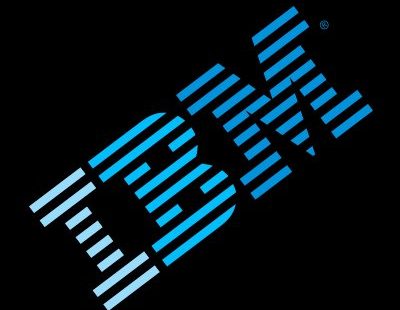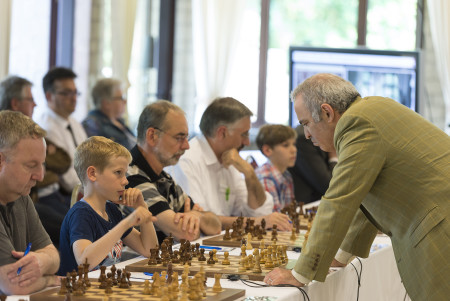

Read original article at Medium.com
A Q&A with the chess grandmaster and author
 You might not expect Garry Kasparov — a man famous for being the first chess world champion to lose a match to a supercomputer under tournament conditions— to be a vocal advocate of friendly collaboration between humans and AI.
You might not expect Garry Kasparov — a man famous for being the first chess world champion to lose a match to a supercomputer under tournament conditions— to be a vocal advocate of friendly collaboration between humans and AI.
But that’s exactly the position Kasparov presents in his new book, Deep Thinking, which recounts his historic 1997 match with IBM’s Deep Blue and spells out his hopeful vision for a future shaped by AI. It’s the same position he brings to talks with business leaders around the world, including a web broadcast, “Machine Learning Everywhere: Build Your Ladder to AI,” with IBM.
That outlook actually shouldn’t be all that surprising to those who’ve followed Kasparov’s career beyond Deep Blue. Despite his adversarial relationship with intelligent machines in competition, the chess grandmaster has long touted their educational benefit for chess players.
Those machines have come a long way since 1997. As AI technology has advanced, its influence has transcended the chess world. Today, Kasparov said, it’s a potent force that will fundamentally transform industries.
Now, Kasparov told Industrious in a recent phone interview, it’s time for industry leaders to make their move and seize the opportunity. Our discussion has been edited for length and clarity.
Industrious: How have your thoughts about AI changed during your chess career?
Kasparov: I was quite skeptical about a machine’s ability to play good chess in the 80s. But even in 1996—during my first match with Big Blue, the match I won—I already realized it was just a matter of time before we would have to reconsider our relationship with machines. I expected it would take longer. By the rematch in 1997, I realized it was time to look to humans and machines working together.
How do we need to rethink our relationship with machines as we work with them?
With so much power now brought by machines, we have to find a refuge in our humanity. It’s about our creativity, our intuition, our human qualities that machines will always lack. So we have to define the territory where machines should concentrate their efforts. This is a new form of collaboration where we recognize what we’re good at and not interfere with machines where they’re superior—even if it hurts our pride.
What kind of fears do business people have to get over with regard to AI?
The fears are not new. There are always fears about new technology. In the past, the applications for new technologies were more or less obvious. But now, while most generally understand that AI can help us, its applications are far less certain. The vast uncertainty scares a lot of people in the top management. People are looking for universal applications. But there is no universal application for AI. The algorithm of human and machine collaboration will differ from case to case.
You’ve lamented the fact that a lot of pop culture representations of AI have been pretty negative. Why do you think we have largely not yet been able to imagine a bright future for AI and human collaboration?
I can tell you that it’s clear when you talk to big audiences that people are more inclined to buy the dark vision of the future because it coincides with their instinctive fears, rather than the more optimistic outlook. My argument is that, yes, every technology brings both bad and good and every technology can be used for good and evil but if we concentrate on the negatives we’ll never see the opportunities. There are so many opportunities waiting for us around the corner, so let’s stop talking about the negatives. The future is a self-fulfilling prophecy.

